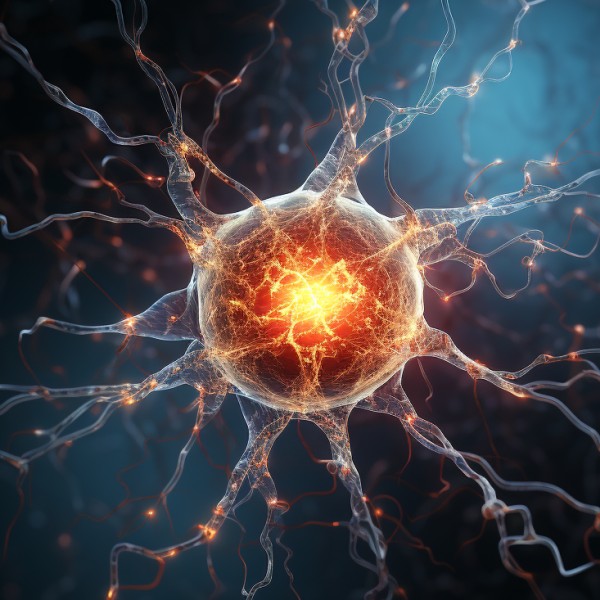The claims of capsaicin to relieve diabetic neuropathy pain has been reviewed in a recent paper on capsicum (capsaicin) by Krishnapura Srinivasan.
Published in the Critical Reviews in Food Science and Nutrition, capsicum, which is the pungent alkaloid of red pepper (Capsicum annuum), has been used for centuries due its pain-relieving abilities.
Dr. Srinivasan concluded capsaicin has “… cardio-protective influence, anti-lithogenic effect, anti-inflammatory and analgesia, thermogenic influence, and beneficial effects on gastrointestinal system.”
In addition, “Topical application of capsaicin is proved to alleviate pain in arthritis, post-operative neuralgia, diabetic neuropathy, psoriasis, etc.”
In fact the FDA itself conceded that a high-concentration capsaicin dermal patch (Qutenza) has demonstrated to scientifically reduce pain associated with postherpetic neuralgia (PHN).
A similar application for an off-label expansion of the capsaicin 8% patch (Qutenza), to treat pain related to peripheral neuropathy in patients with HIV however was denied by the FDA because, according to panel member Edward C. Covington, MD, “I think we really need to know that something is helpful for folks who are desperate before we[FDA] approve it.”
Currently the 8% capsaicin patch is under review in Europe, with the code name NGX-4010, in partnership with Astellas Pharma Inc., for use by patients to lessen their pain of diabetic peripheral neuropathy.
Capsaicin as a topical lotion is also used in non-prescription circumstances for temporary relief of muscle or joint pain caused by strains, sprains, arthritis, bruising, backaches, as well as treating nerve pain (neuralgia) in people who have had herpes zoster, or “shingles.”
Another paper studied how capsaicin works its magic. Researchers in that case determined the compound overstimulated the pain-sensing neurons so much that the neurons finally became immune to receiving pain signals.
The treatment for neuralgia (pain from damaged nerves), neuropathy, and muscle and joint pain was elegantly explained due to the heat-stimulating function of capsaicin on nerve receptors.
Dr Mercola also weighed in on the capsaicin’s pain-relieving properties in neuropathy. He added that it has been used for:
- Reducing or eliminate burning, stinging, itching, and redness of skin due to moderate to severe psoriasis
- Weight loss due to its antioxidant and anti-inflammatory properties
- Cancer treatment in breast, pancreatic, and bladder cancers
A final note is that capaicin is the active ingredient in the notorious “pepper spray” used by law authorities to subdue people due to its lachrymatory power.

Leave a Reply
You must be logged in to post a comment.